In our modern connected world online content rules. This week we discuss the fundamental difference between an advert and editorial.
The best online content produced by brands often blurs the line between two worlds, old and new.
When most people think of advertising they picture a billboard, a double page spread in a magazine or a TV commercial. This is an easily understandable business model. A brand pays an advertising agency to promote their product: a beautifully shot picture of a car with a witty strapline or a model who we aspire to be like can make a designer brand desirable. An advert is clearly selling us a product.
Online content can differ immensely from this model. This is not always easy for people to understand. The best content marketing does not appear to be advertising at all, as there is often no mention of a product.
A car company might commission a blogger to write about ‘Road trips in the UK’ or ‘Breathtaking highways in Scotland’ with no mention of the brand at all.
This can be hard for both consumers and companies to get their heads around. So hard that the industry body that governs us has taken steps to clarify, read more.
Some brands do still have the urge to publish content online about their products. When this is the case, there is little difference between content and paid advertising. Not that there is anything wrong with this. Giving a customer access to as much information about a product or service can be useful. The trouble is there is only so much that can be said. Put yourself in the consumer’s shoes: would you read an article that was little more than a sales pitch?
For example, would you rather read an article that told you about the benefits of taking out insurance on a bike or see an interactive map of hotspots in your area that bikes have been stolen from?
The fact the internet allows anything to be published virtually for free means brands have the opportunity to create an abundance of media that their audience can choose to consume rather than adverts they are forced to look at.
When a brand creates content to entertain rather than to sell, it builds a relationship with the customer and becomes viewed as an interesting friend.
How a brand benefits from publishing content
If online content doesn’t advertise the product or brand, how does the company profit from it?
Well, there are numerous ways this can work. Take the Innocent Drinks example. This simple piece of content was shared over 1,000 times as it was clearly a statement that resonated with its audience. This resonance builds a relationship with the audience as they interact with the brand and develop positive associations through engagement.
If the content is published by the brand on their own site, it should make the website more discoverable through additional search terms.
Google runs on links, so offsite articles that link back to the brand’s main site will boost the search ranking. As with most advertising, it is about visibility. The beauty of digital is that this can be measured and sales conversions can be identified.
If you’re looking for a London based agency to help boost your brand then why not get in touch with DVO!


